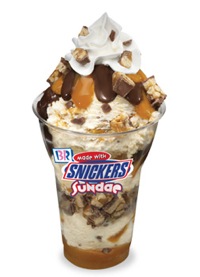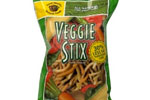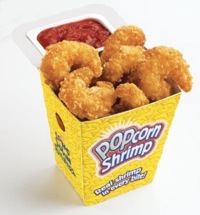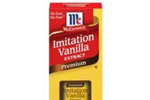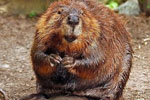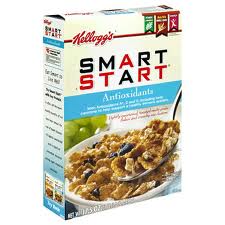The 15 Ingredients You Do Not Want in Your Food
Unhealthy Processed Foods Outnumber Unadulterated Healthy Foods
In the last 100 years the food industry has advanced by leaps and bounds. 
In total, there are more than 3,000 food chemicals purposely added to our food supply, yet avoiding them is a lot easier and more economical than you might think. You probably already know this, but the rule of thumb is that the best foods to stay healthy are unprocessed natural foods.
A good place to start is to look at what foods to avoid. Lets look at some typical ingredients that are packaged, flavored and presented as food.
1. TBHQ, A.K.A: Butane
Turns out butane isn’t just for lighters anymore – it’s also an artificial antioxidant 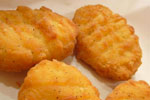
Found in: Frozen, packaged or pre-made processed foods with long shelf lives such as frozen meals, crackers, chips, cereal bars and fast food.
2. BHA
This preservative is used to prevent rancidity in foods that contain oils. 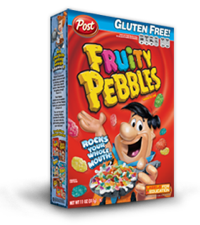
You’ll find it in: Fruity Pebbles, Cocoa Pebbles
3. Estrogen
Regular milk is full of hormones used by the milk industry to keep the cows 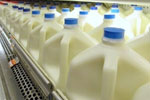
Found in: All non-organic dairy, so organic is recommended.
4. Parabens
One of the 15 ingredients you do not want in your food are parabens. These synthetic preservatives are used to inhibit mold and yeast in food. The problem is parabens may also disrupt your body’s hormonal balance. A study in Food Chemical Toxicology found that daily ingestion decreased sperm and testosterone production in rats, and parabens have been found present in breast cancer tissues.
Found In : Baskin-Robbins sundaes
5. Spinach Dust
Think that green sheen on your veggie snacks is giving you your daily serving of vegetables? Think again. That’s just powdered spinach dust, which is spinach that has been dehydrated and sucked dry of its nutritional value. So the upshot is that green sheen is about as nutritious as actual dust.
Found in: “Healthier” vegetable flavored snack foods.
6. Partially Hydrogenated Oil
Don’t confuse “0 g trans fat” with being trans fat-free. The FDA allows products to claim zero grams of trans fat as long as they have less than half a gram per serving. That means they can have 0.49 grams per serving and still be labeled a no-trans-fat food. Considering that two grams is the absolute most you ought to consume in a day, those fractions can quickly add up. The telltale sign that your snack is soiled with the stuff? Look for partially hydrogenated oil on the ingredient statement. If it’s anywhere on there, then you’re ingesting artery-clogging trans fat.
You’ll find it in: Popcorn Shrimp, Frozen pizzas
7. Propylene Glycol, A.K.A: antifreeze
Another of the 15 ingredients you do not want in your food is Propylene Glycol. This food thickener, stabilizer, and emulsifier is derived from alginic 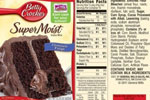
Found in: Cake mix, salad dressings, low-fat ice creams and dog food.
8.Sodium Nitrite
Nitrites and nitrates are used to inhibit botulism-causing bacteria and to maintain processed meats’ pink hues, which is why the FDA allows their use. Unfortunately, once ingested, nitrite can fuse with amino acids (of which meat is a prime source) to form nitrosamines, powerful carcinogenic compounds. Ascorbic and erythorbic acids—essentially vitamin C—have been shown to decrease the risk, and most manufacturers now add one or both to their products, which has helped. Still, the best way to reduce risk is to limit your intake.
You’ll find it in: Oscar Mayer hot dogs, Hormel bacon
9. Wood Pulp: Vanillin 
Vanillin, which is a byproduct of the pulp industry, is used as an artificial vanilla flavor. Ester of wood resin, which comes from pine stumps, is in citrus-flavored sodas to keep the citrus flavor evenly distributed through the can
Found in: Artificially flavored yogurt, baked goods, candy and sodas
10. Caramel Colouring
This additive wouldn’t be dangerous if you made it the old-fashioned way—with 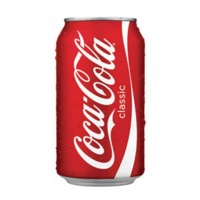
You’ll find it in: Coke/Diet Coke, Pepsi/Diet Pep
11. Castoreum
Castoreum is one of the many nebulous “natural ingredients” used to flavor food. Though it isn’t harmful, it is unsettling. Castoreum is a substance made from beavers’ castor sacs, or anal scent glands. These glands produce potent secretions that help the animals mark their territory in the wild. In the food industry, however, 1,000 pounds of the unsavory ingredient are used annually to imbue foods—usually vanilla or raspberry flavored—with a distinctive, musky flavor.
You’ll find it in: Potentially any food containing “natural ingredients”, artificially raspberry flavored products such as cheap ice cream, Jell-O, candy, fruit-flavored drinks, teas and yogurts.
12. Food Dyes
Plenty of fruit-flavored candies and sugary cereals don’t contain a single 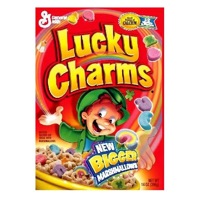
You’ll find it in: Lucky Charms, Skittles, Jell-O
13.Hydrolyzed Vegetable Protein
Hydrolyzed vegetable protein, used as a flavor enhancer, is plant protein that has been chemically broken down into amino acids. One of these acids, glutamic acid, can release free glutamate. When this glutamate joins with free sodium in your body, they form monosodium glutamate (MSG), an additive known to cause adverse reactions—headaches, nausea, and weakness, among others—in sensitive individuals. When MSG is added to products directly, the FDA requires manufacturers to disclose its inclusion on the ingredient statement. But when it occurs as a byproduct of hydrolyzed protein, the FDA allows it to go unrecognized.
You’ll find it in: Knorr Noodle Sides,
14. High Fructose Corn Syrup
High Fructose Corn Syrup (HFCS): Loaded with “unbound” fructose and glucose molecules, studies have shown that the reactive carbonyl molecules can cause tissue damage that may lead to obesity, diabetes, and also heart disease. HFCS is made from genetically modified corn and processed with genetically modified enzymes. To make matters worse, studies have recently revealed that nearly half of tested samples of HFCS contained mercury.
You’ll find it in: Kellog’s SmartStart Cereal, Yoplait Yogurt and Low Calorie Salad Dressings
15. Polysorbate 60:
This is short for polyoxyethylene-(20)- sorbitan monostearate this emulsifier 
You’ll find it in: cake mix, frozen dessert, salad dressing, doughnuts, foods with artificial chocolate coating, non-dairy whipped topping
Additional Sources: Food Republic, Huffington Post and Men’s Health Magazine

